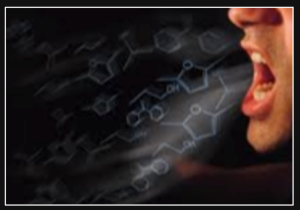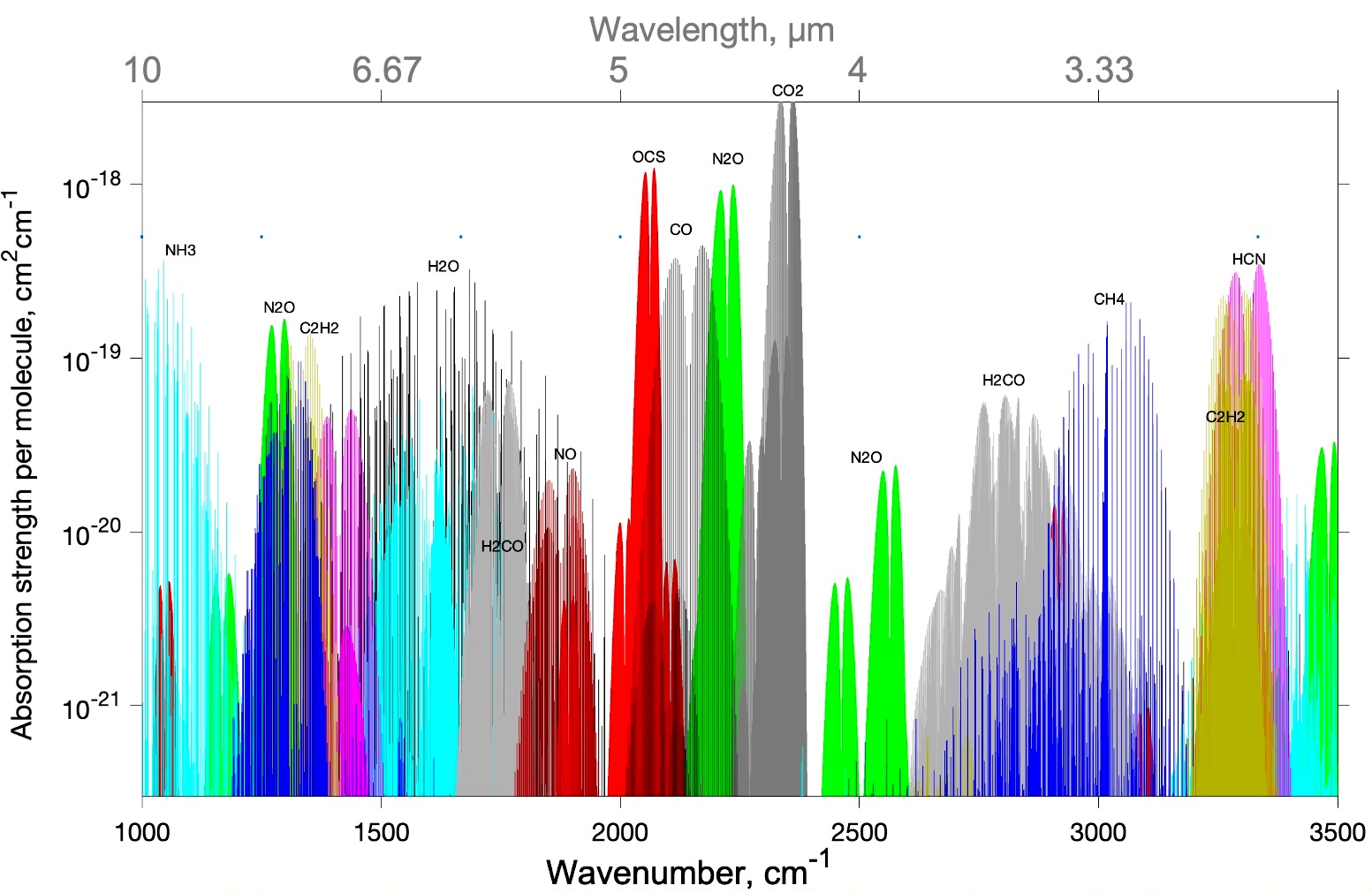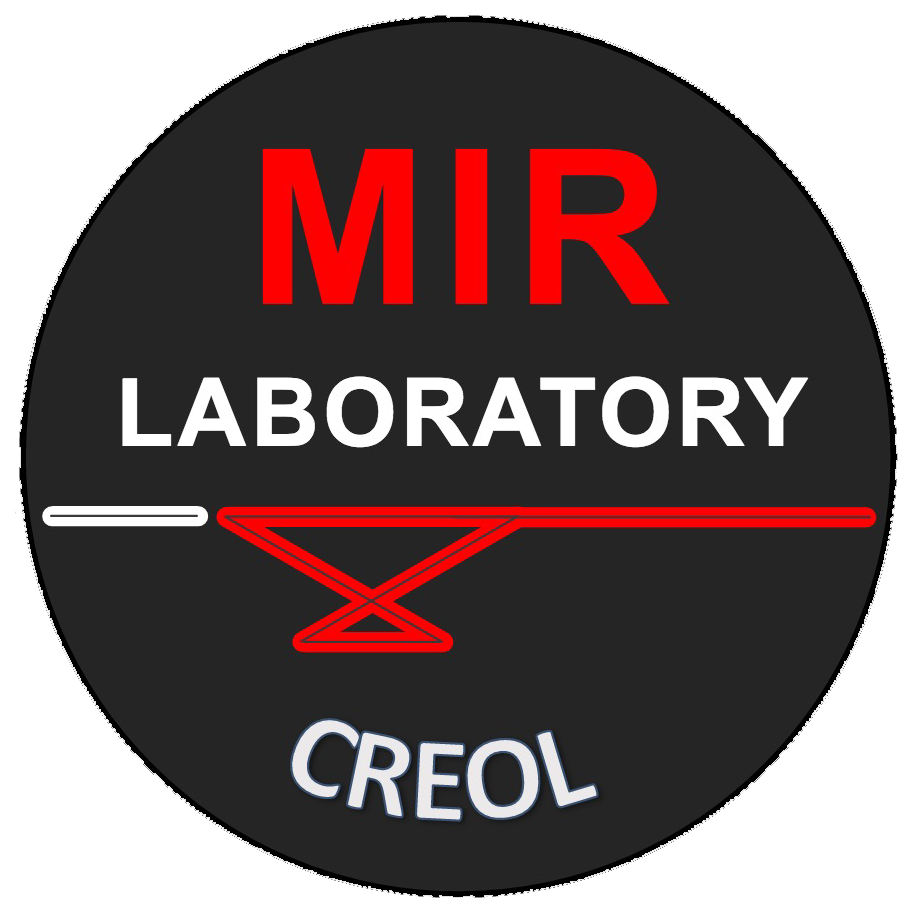Biomedical spectroscopy

We extend the Nobel Prize-winning concept of the optical frequency combs to the mid-infrared portion of the electromagnetic spectrum to quickly and reliably detect hundreds of biomarker molecules in exhaled human breath, opening a gold mine of data on body metabolism and medical conditions. Mapping biomarker patterns to specific diseases will pave the way for new non-invasive, accurate breath-based medical diagnostics that work in real time at the point of care. We use ultra-broadband (more than octave-wide) optical frequency combs that operate in the mid-infrared molecular ‘fingerprint’ region of the spectrum where biomarker molecules exhibit their strongest fundamental vibrational-rotational resonances. We use two new techniques for frequency comb generation: optical subharmonic generation and intrapulse difference frequency generation, both using ultrafast mode-locked lasers as a pump source. The detection method, dual-comb spectroscopy, – allows an unprecedented combination of broadband coverage and, at the same time, superior spectral resolution, high speed and massive parallelism of data collection. With the ability of detecting about a million comb-line-resolved spectral datapoints in real time with the absolute accuracy of the optical frequency scale through referencing to a rubidium atomic clock, the system can simultaneously identify hundreds of molecular species in a mixture and their absolute concentration with part-per-billion sensitivity. This sets the stage for mapping biomarker patterns to specific diseases in future medical studies and has the potential to revolutionize modern medicine by enabling the early diagnostics of many diseases.

Spectra of molecules
Spectra of the volatile molecules with less than 10-15 atoms consist of 100's of sharp spectral lines
UCF Pegasus Journal article about our new breath diagnostics technology. Pegasus-The-Science-of-Scent
